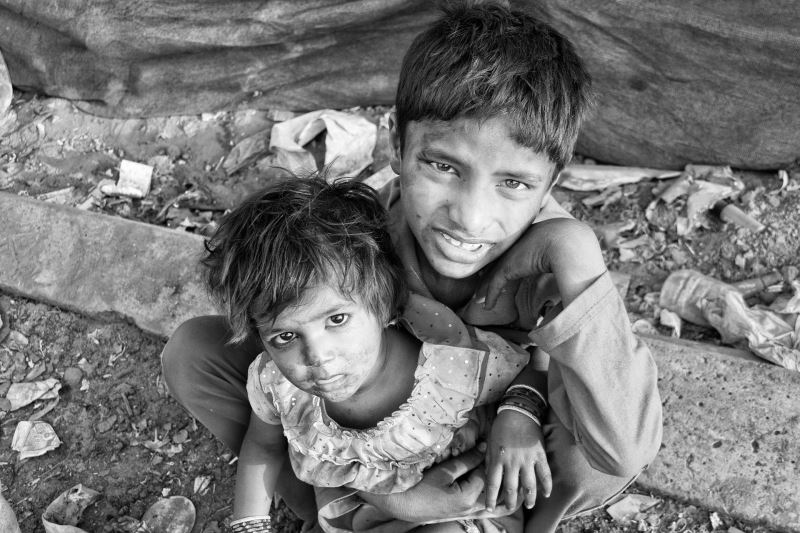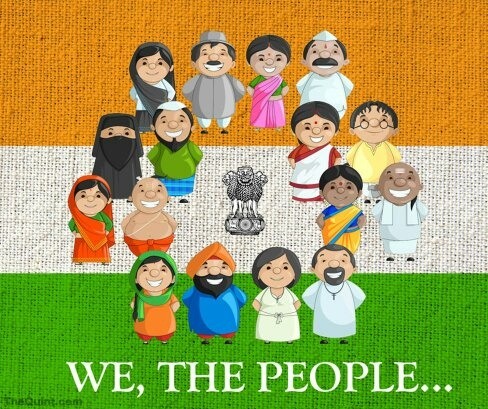
India has one of the biggest problems of malnutrition in the world and is home to more than 25% of children in the world. A new study reveals that one of the biggest reasons for this is the fact that child marriages in the nation continue to be widely prevalent in the country leading to underage pregnancies that contribute to a large extent to the problem. In fact the widespread prevalence of child malnutrition in the country can be attributed to the fact that a large number of children are born to adolescent mothers. These young women conceive at an unprecedentedly early age when their bodies are not ready for pregnancy, this results in malnutrition and under nourished children.
Researchers from the International Food Policy Research Institute have contributed to our knowledge in this field by analysing data coming from more than 60,000 first time mothers across the nation that was collected by the National Family Health Survey. The study under consideration was published in The Lancet Child and Adolescent Health Survey. The study found out that out of the total number of women who took part in the survey, 25 % had given birth for the first time when they were adolescents. The health of children born to adolescent mothers was far inferior to children who were born to adult mothers. This implies that India needs to look beyond just providing food to deal with the issue of malnutrition; it is also a matter of social awareness and rapid transformation.
It is likely that an adolescent mother who is undernourished herself carries on the same tendency when she gives birth to a baby, whose health too is drastically under threat and there are greater chances that she too is malnourished. Moreover lack of access to health services, nutritious food alongside breastfeeding are some of the key reasons for the existence of malnutrition among children who are born to adolescent mothers.
India does have a number of programs to deal with the issue of malnutrition among these are the Integrated Child Development Scheme, anganwadi day-care organisations that take care of and feed children and the Mid-Day Meal scheme that ensures that children are assured one nutritious meal a day. Thanks to these programs that we have been able to tackle the problem of malnutrition of children to a great extent.
The study conducted by the IFPRI suggests that while we cannot deny the importance of nutrition and maternal health and the state’s need to ensure mechanism to strengthen these- what we also collectively need to work towards its generating social awareness against child marriage and underage pregnancy. These two efforts when combined can help us lower malnutrition levels to a great degree. One of the ways in which these challenges can be met are though policy interventions that make it imperative for families to only arrange marriages between consenting adults and secondly to make family planning and contraceptives widely available to women who are married early.
It is paradoxical that despite the Prohibition of Child Marriage Act, 2006 that has made the marriage of girls below the age of eighteen punishable – child marriages continue to be quite a common phenomenon in India although it may be on the decline.
The data from the National Family Health Survey suggests that girls between the ages of 15-19 had a child marriage rate of 12% while those between 20-24 years had it of 27%.
There are various states in India that provide incentives to families if they are able to delay the marriage of their daughters and wait before they turn into adults. While we do have some staunch laws and policies to tackle child malnutrition and ensure that under aged girls are not married off, what we do lack is effectiveness and implementation of these laws and policies.
Familial poverty, lack of hygiene, less of education and lesser bargaining power kept under-aged women in a much more vulnerable position when compared to their adult counterparts and this in turn impacted their access to health services. Moreover since underage marriages are illegal approaching the state for healthcare facilities can land the girls and their families in trouble too.
This study is important because it tells us that malnutrition isn’t just a problem of inadequate nutritious food and enables us to see how societal ways of thinking about girls, marriages and the absence of awareness mechanism have collectively brought about the malnutrition problem. We have to work towards gender empowerment as this alone would help us tackle the nutrition problems in the country in the long run.













